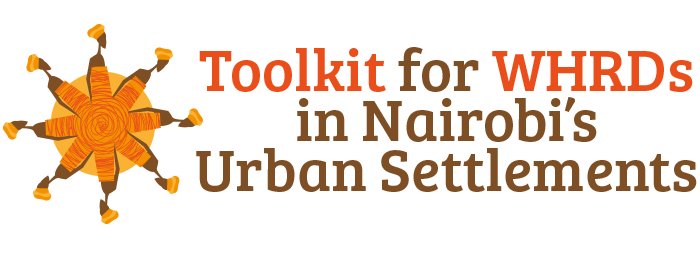Woman Human Rights Defenders case form
Name and personal circumstances of alleged victim/s. Aside from the name and profession, it is also important to note the gender, age, nationality, religion, ethnicity, sexual orientation/identity and other status which can be a cause of multiple discrimination or which can aggravate the forms of violations or abuses faced by the victim/s. Victims can be individuals, groups or organisations. For an organisation, provide the contact details.
Type of human rights the victim is defending. In what human rights activity is the victim (person/s, organisation) engaged? Provide a description.
Alleged violation/s committed against the victim. List the different categories of violations, risks and constraints faced by women Human Rights Defenders.
Circumstances of the violation/s. What happened? Where? When? This can be a single violation or a series of acts. What is the current situation? What factors in the contexts or environment are relevant to the circumstances of the violation/s?
Perpetrators. Those who commit the violations can be state agents; non-state actors such as paramilitary groups, members of extremist or fundamentalist groups; or private actors such as members of the community or family.
Action by authorities. Has the matter been reported to the relevant authorities? What action has been taken? Has the alleged violation been made public, e.g., sent to other human rights groups?
Link between the violation and human rights work. Why do you think the alleged violation is a response to the human rights work of the victim?
General circumstances relevant to the case. This can include background information on the general situation of women in the country or locality, including statistical data on the status of women, legal guarantees of equality and non-discrimination in the constitution or domestic laws, international human rights conventions signed and ratified by the country, etc.
Source of the information (confidential). Who compiled the information? Who is submitting this information (can be an individual or organisation)? What other forms of evidence are available (e.g., testimonies of witnesses, forensic evidence or medical records, photographs, etc.)
Updates. If additional information becomes known (e.g., the identity of the perpetrator); or new events occurred (e.g., the victim was released from detention), provide details as necessary.
Responsibility for the information and views set out in this Toolkit lies entirely with the authors.
